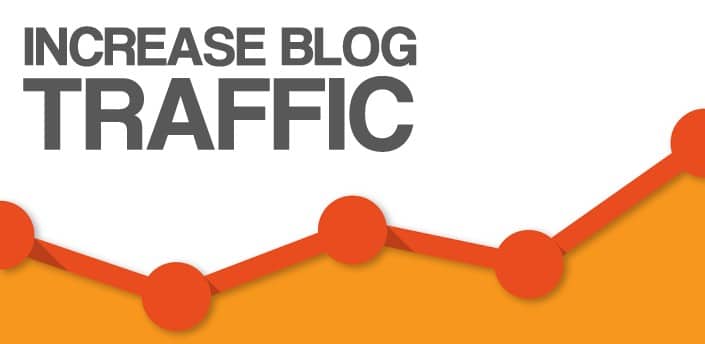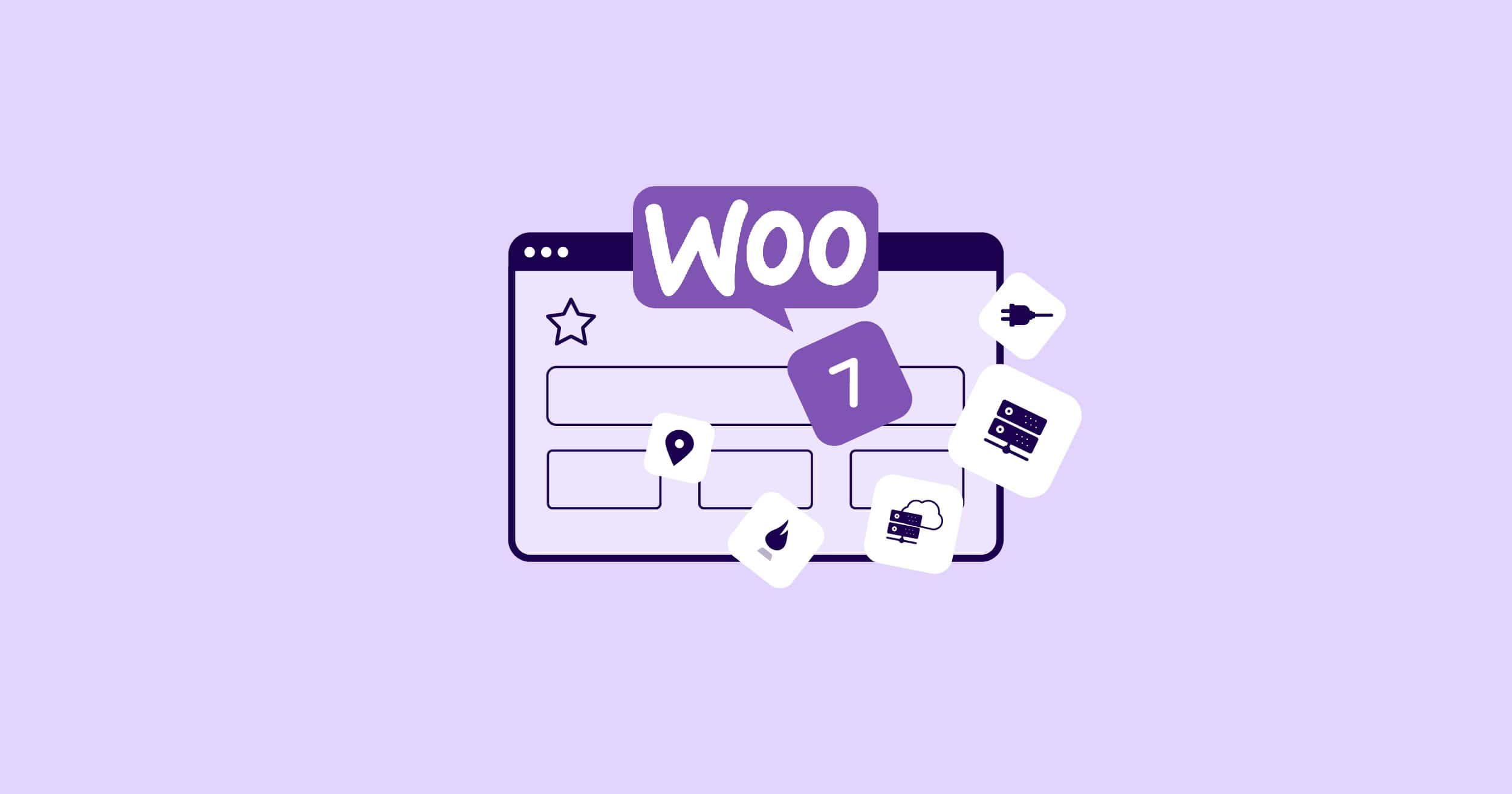
Understanding SEO and Its Importance for Blog Traffic
SEO, or Search Engine Optimization, is the process of enhancing your blog’s visibility on search engines like Google. When executed effectively, SEO drives organic traffic to your site by ensuring your content appears prominently in search results for relevant keywords. The more visible your blog is, the more likely it is to attract readers who are interested in your content.
How SEO Works
SEO involves a variety of techniques that align your blog with the algorithms search engines use to rank content. These algorithms evaluate factors such as content quality, keyword relevance, site speed, mobile-friendliness, and backlinks. By optimizing your blog for these factors, you improve your chances of ranking higher in search results.
The Role of Content Quality in SEO
One of the most critical aspects of SEO is content quality. High-quality content is original, informative, and engaging. It answers the questions your target audience is asking and provides value. Search engines prioritize content that meets these criteria because it enhances the user experience.
Key Components of High-Quality Content:
- Relevance: Content must be closely aligned with the search intent behind the keywords you’re targeting.
- Depth: Thoroughly covering a topic, including detailed explanations and insights.
- Readability: Content should be easy to read, with a clear structure, short paragraphs, and simple language.
- Originality: Avoid plagiarism and ensure that your content adds something new to the conversation.
Actionable Steps to Increase Blog Traffic
To increase blog traffic, you must implement a combination of on-page and off-page SEO strategies. Below are the steps we recommend to maximize your blog’s visibility and drive organic traffic.
1. Conduct Thorough Keyword Research
Keyword research is the foundation of effective SEO. It involves identifying the terms and phrases your target audience uses when searching for information online. These keywords should be strategically incorporated into your content to improve your chances of ranking for those terms.
How to Perform Keyword Research:
- Use Keyword Research Tools: Tools like Google Keyword Planner, Ahrefs, or SEMrush can help you find relevant keywords with high search volumes and low competition.
- Analyze Competitors: Identify the keywords your competitors are ranking for and consider targeting similar or related terms.
- Long-Tail Keywords: Focus on long-tail keywords, which are longer and more specific phrases. They often have lower competition and can attract highly targeted traffic.
2. Optimize Your Blog Content
Once you’ve identified your target keywords, the next step is to optimize your content around these terms. This process, known as on-page SEO, involves several key practices.
On-Page SEO Best Practices:
- Title Tags: Ensure your primary keyword appears in the title tag, ideally near the beginning.
- Meta Descriptions: Write compelling meta descriptions that include your target keyword and encourage clicks.
- Headings and Subheadings: Use headings (H1, H2, H3) to structure your content and incorporate keywords naturally.
- Keyword Placement: Include your primary keyword in the first 100 words of your content, and sprinkle related keywords throughout the text.
- Internal Linking: Link to other relevant pages on your blog to keep readers engaged and improve SEO.
- Image Optimization: Use descriptive filenames and alt text for images, incorporating keywords where appropriate.
3. Create Compelling and Shareable Content
To truly boost blog traffic, your content needs to be both compelling and shareable. This means creating content that resonates with your audience and encourages them to share it with others.
Strategies for Creating Shareable Content:
- In-Depth Guides: Long-form content that provides comprehensive information on a topic tends to perform well.
- Infographics: Visual content like infographics is highly shareable and can attract backlinks.
- Case Studies: Sharing real-world examples and success stories can increase credibility and engagement.
- Interactive Content: Quizzes, polls, and calculators can increase user interaction and time spent on your site.
4. Build a Strong Backlink Profile
Backlinks, or links from other websites to your blog, are a critical factor in SEO. They signal to search engines that your content is authoritative and trustworthy, which can boost your rankings.
How to Acquire High-Quality Backlinks:
- Guest Blogging: Write articles for other blogs in your niche and include links back to your site.
- Broken Link Building: Find broken links on other websites and suggest your content as a replacement.
- Content Promotion: Share your content on social media and reach out to influencers to increase its visibility and chances of being linked to.
- Collaborations and Partnerships: Partner with other bloggers or brands for content collaborations that include backlinks.
5. Optimize Your Blog for Mobile Devices
With the increasing number of users accessing the internet via mobile devices, optimizing your blog for mobile is no longer optional. Mobile optimization not only improves the user experience but is also a ranking factor in Google’s algorithm.
Tips for Mobile Optimization:
- Responsive Design: Ensure your blog uses a responsive design that adapts to different screen sizes.
- Page Speed: Optimize images and minimize code to improve load times on mobile devices.
- Mobile-Friendly Content: Use larger fonts, concise paragraphs, and easy-to-click buttons to enhance readability on small screens.
6. Leverage Social Media to Drive Traffic
Social media platforms are powerful tools for driving traffic to your blog. By sharing your content on platforms like Twitter, Facebook, LinkedIn, and Instagram, you can reach a wider audience and increase engagement.
Social Media Strategies for Blog Traffic:
- Consistent Posting Schedule: Regularly share your blog posts on social media to keep your audience engaged.
- Use Hashtags: Incorporate relevant hashtags to increase the visibility of your posts.
- Engage with Your Audience: Respond to comments, participate in discussions, and build relationships with your followers.
- Social Media Ads: Consider using paid advertising on social media to promote your most important content.
7. Analyze and Adjust Your SEO Strategy
SEO is an ongoing process. Regularly analyzing your traffic, rankings, and other metrics is crucial for understanding what’s working and where improvements are needed.
Tools for SEO Analysis:
- Google Analytics: Track your blog’s traffic, user behavior, and conversion rates.
- Google Search Console: Monitor your site’s performance in search results and identify any issues.
- SEO Tools: Use tools like Ahrefs, SEMrush, or Moz to analyze your backlinks, keyword rankings, and competitor performance.
8. Enhance User Experience (UX) on Your Blog
User experience (UX) plays a significant role in SEO. A blog that is easy to navigate, visually appealing, and provides a seamless experience will keep visitors engaged longer, reducing bounce rates and increasing time on site.
Improving UX on Your Blog:
- Clean Layout: Use a clean, uncluttered design with plenty of white space.
- Clear Navigation: Ensure your blog’s menu is easy to navigate and logically organized.
- Fast Loading Times: Optimize your site’s performance to ensure fast loading times.
- Accessible Design: Make your blog accessible to users with disabilities by following web accessibility guidelines.
9. Use Email Marketing to Retain and Engage Readers
Email marketing remains one of the most effective ways to retain and engage readers. By building an email list, you can keep your audience informed about new blog posts and encourage repeat visits.
Building and Using an Email List:
- Offer Incentives: Provide a free ebook, checklist, or other valuable content in exchange for email sign-ups.
- Segment Your List: Divide your email list into segments based on interests or behavior for more personalized emails.
- Regular Newsletters: Send regular newsletters featuring your latest blog posts, upcoming events, and special offers.
10. Monitor and Optimize for Voice Search
With the rise of voice-activated assistants like Siri and Alexa, optimizing your blog for voice search can give you a competitive edge. Voice search queries are typically longer and more conversational, so adjusting your content to match these patterns can help you capture more traffic.
Tips for Voice Search Optimization:
- Focus on Long-Tail Keywords: Target long-tail keywords that are more likely to match voice search queries.
- Answer Questions: Create content that directly answers common questions your audience might ask.
- Local SEO: Optimize for local searches, as many voice searches are location-based.






